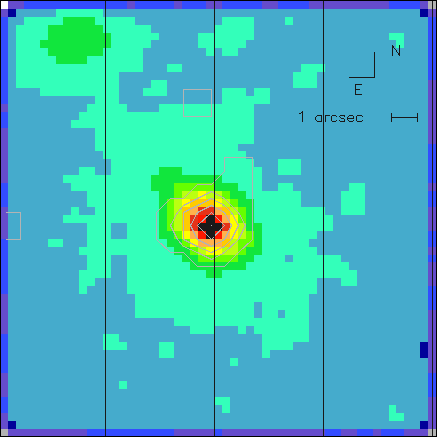| sci |
| | home | site map | about context | lang >>> español | |
| >>> context weblog | |
| science > cosmos > instruments > x-ray astronomy | ||
|
august
22, 2000 |
|
chandra observatory first year in orbit | |
|
|
||
|
::
|
Named Chandra in honor of astrophysicist
Subrahmanyan Chandrasekhar, *Chandra
X-ray Observatory* is the third of NASA's Great Observatories for Space
Astrophysics. The first two are the Hubble Space Telescope (which looks
at the visible light emissions from the universe) and the Compton Gamma
Ray Observatory. Chandra observe the universe in a portion of the spectrum
- X-ray emissions or light at extremely high energies- between the windows
opened by Hubble and Compton. Chandra is the most powerful and most sensitive
X-ray telescope ever launched. By comparing data from wavelengths bands in the spectrum, astronomers are gaining new knowledge of cosmos, adding another dimension to our vision. "Our goal is to identify never-before-seen phenomena, whether itıs new or millions of years old. All this leads to a better understanding of our universe, " said Martin Weisskopf, chief project scientist for the Chandra program. "Indeed, Chandra has changed the way we look at the universe." Every known major class of astronomical objects emits X-rays. Chandra gives a new view of some of the most violent and energetic activities in the universe. The red-green-blue we know in visible light carries an energy of about 2 electron-volts (2 eV). Chandra will see activities with energies ranging from 50 to 10,000 eV (up to 10 keV). 
|
|
|
img
|
||
|
|
||
|
source::
|
One
year later: Chandra "changes way we look at the universe" <http://www1.msfc.nasa.gov/NEWSROOM/news/releases/2000/00-250.html> :: image Chandra image of Milky Way center. Chandra detected a faint X-ray source, which may be the long-sought X-ray emission from the known massive black hole at the center of our galaxy. Credit: NASA/PSU/G.Garmire, F. Baganoff (MIT) |
|
|
|
||
| | home | site map | about context | lang > español | | ||
context weblog >>>
http://www.straddle3.net/context